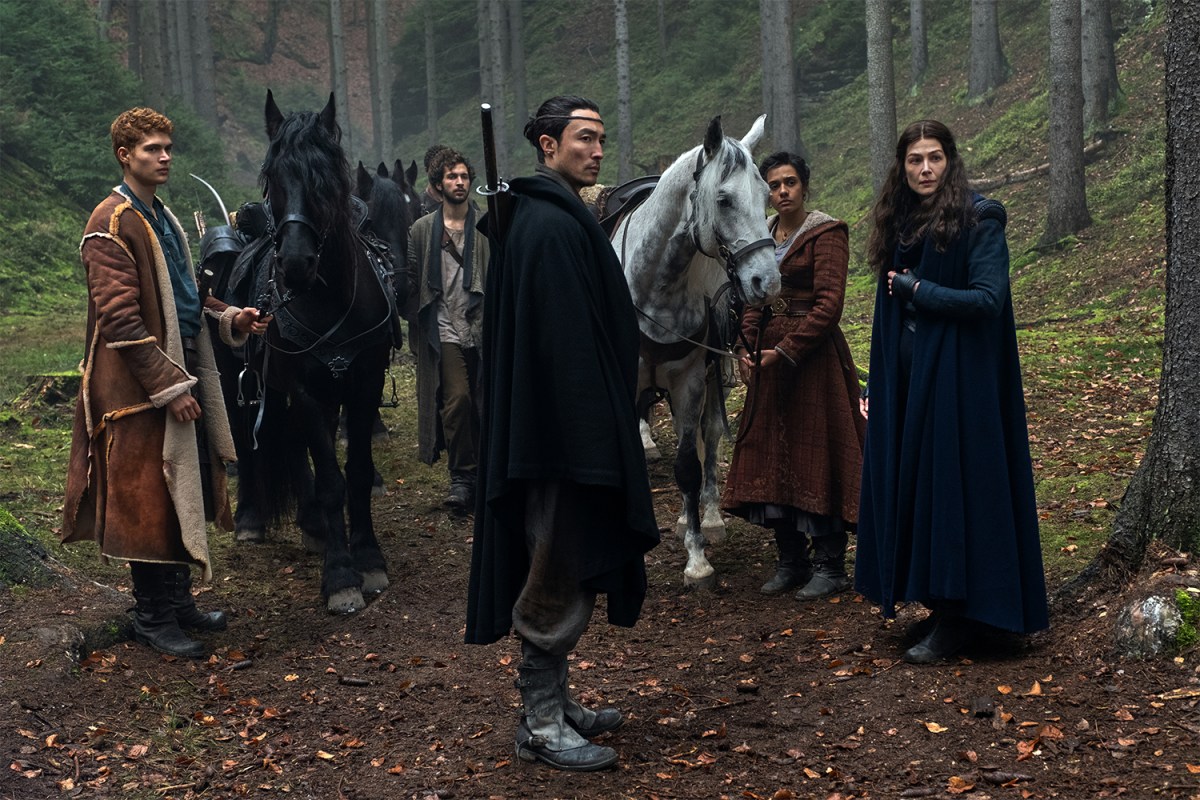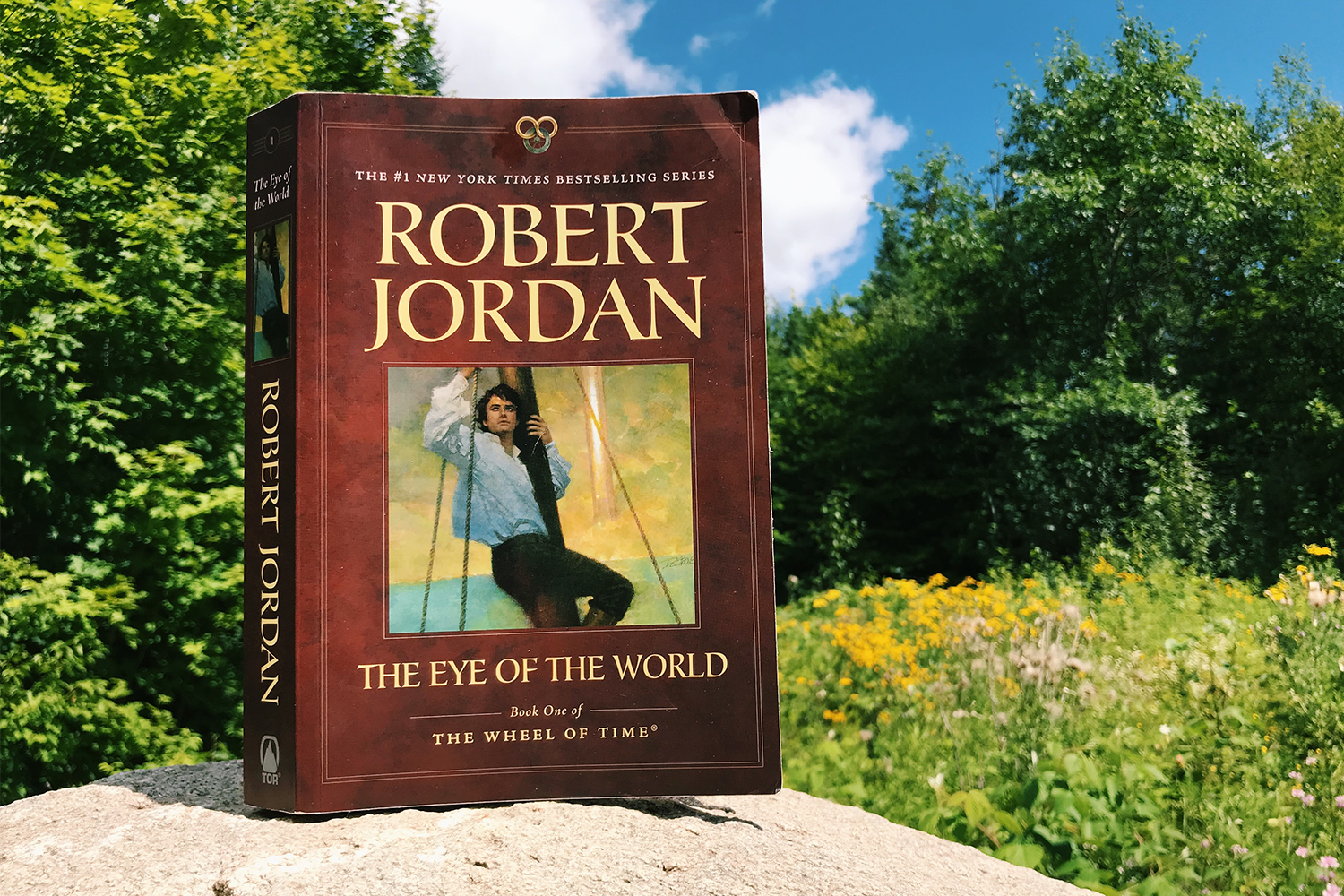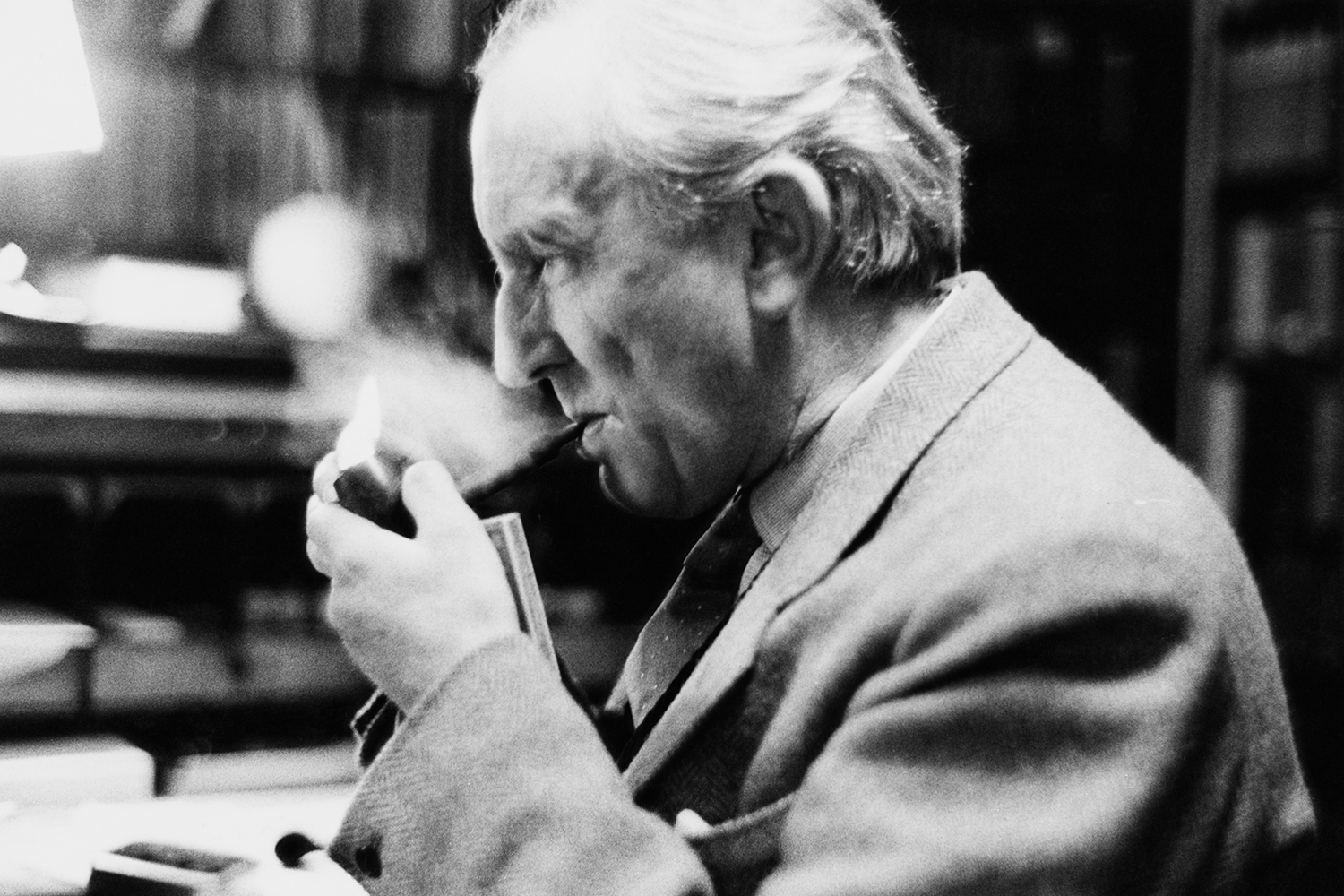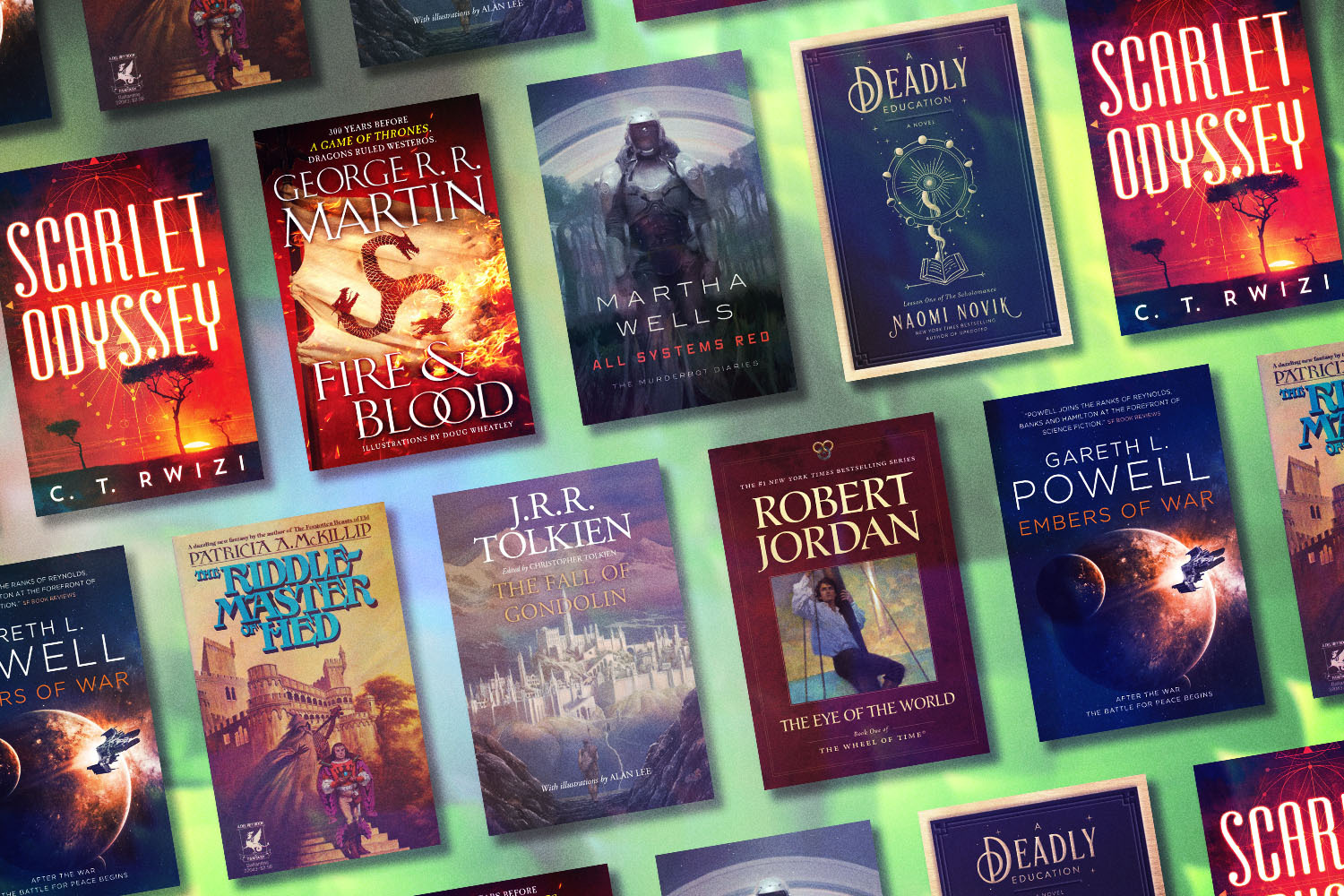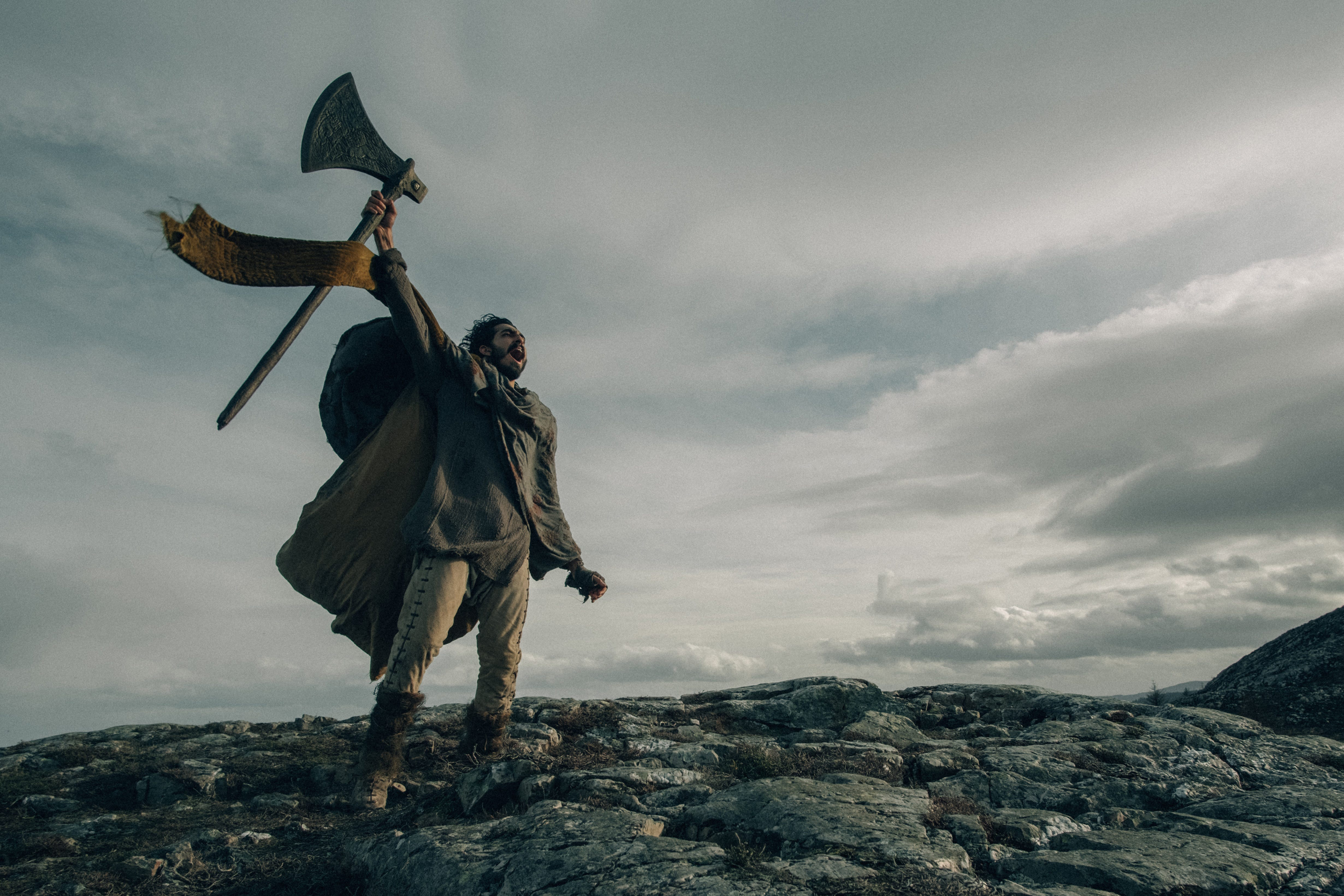We need to talk about The Wheel of Time, Amazon’s new series on Prime Video that has been hailed as the next Game of Thrones. But I’d like to start with The Lord of the Rings, the other obvious comparison among adaptations of long-and-winding fantasy books.
I recently had the pleasure of rewatching The Fellowship of the Ring in a movie theater, a special screening for the occasion of the film’s 20th anniversary, which is officially coming up later this month. As I sat there in the third row basking in the haunting opening sequence narrated by Cate Blanchett as the elf Galadriel, setting aside my popcorn so as not to ruin the mood with my chewing, I thought to myself, has any movie achieved this before? By that I mean, has any other film so deftly transported an audience into a fictional, magical realm so that they not only understand it, but feel deeply invested within the first 10 minutes?
This question arose again a couple weeks ago when the first three episodes of The Wheel of Time premiered. After that three-hour binge on a Friday night, I admit I did experience the initial shock that undoubtedly befalls any fan in a book-to-screen scenario (there are 14 books in the late Robert Jordan’s Wheel of Time series, I’m currently on number 11), but I didn’t want any nitpicking to overshadow what is naturally a completely different experience. So I have kept watching week after week and thankfully found plenty to enjoy.
The fantasy epic follows a group of five friends from a small village who are plucked out of obscurity by a magic user named Moiraine (not a witch, but an Aes Sedai) and her sword-wielding companion Lan. It’s a large cast of main characters at the outset, and they meet plenty more along their travels; thankfully there are a few acting standouts. Rosamund Pike (of Gone Girl and I Care a Lot) carries the show on her back as Moiraine from the first episode, but great performances from Alexandre Willaume (as Thom Merrilin), Maria Doyle Kennedy (as the Tinker Illa) and Hammed Animashaun (as the Ogier Loial) have all been well-placed hooks to keep audiences intrigued. As for the $10 million Amazon reportedly spent per episode for this eight-part season, you do feel some big payoffs worthy of that massive budget: sweeping scenery, awe-inspiring structures akin to the Wall in Game of Thrones and a satisfying battle scene at the end of episode four, to name a few.
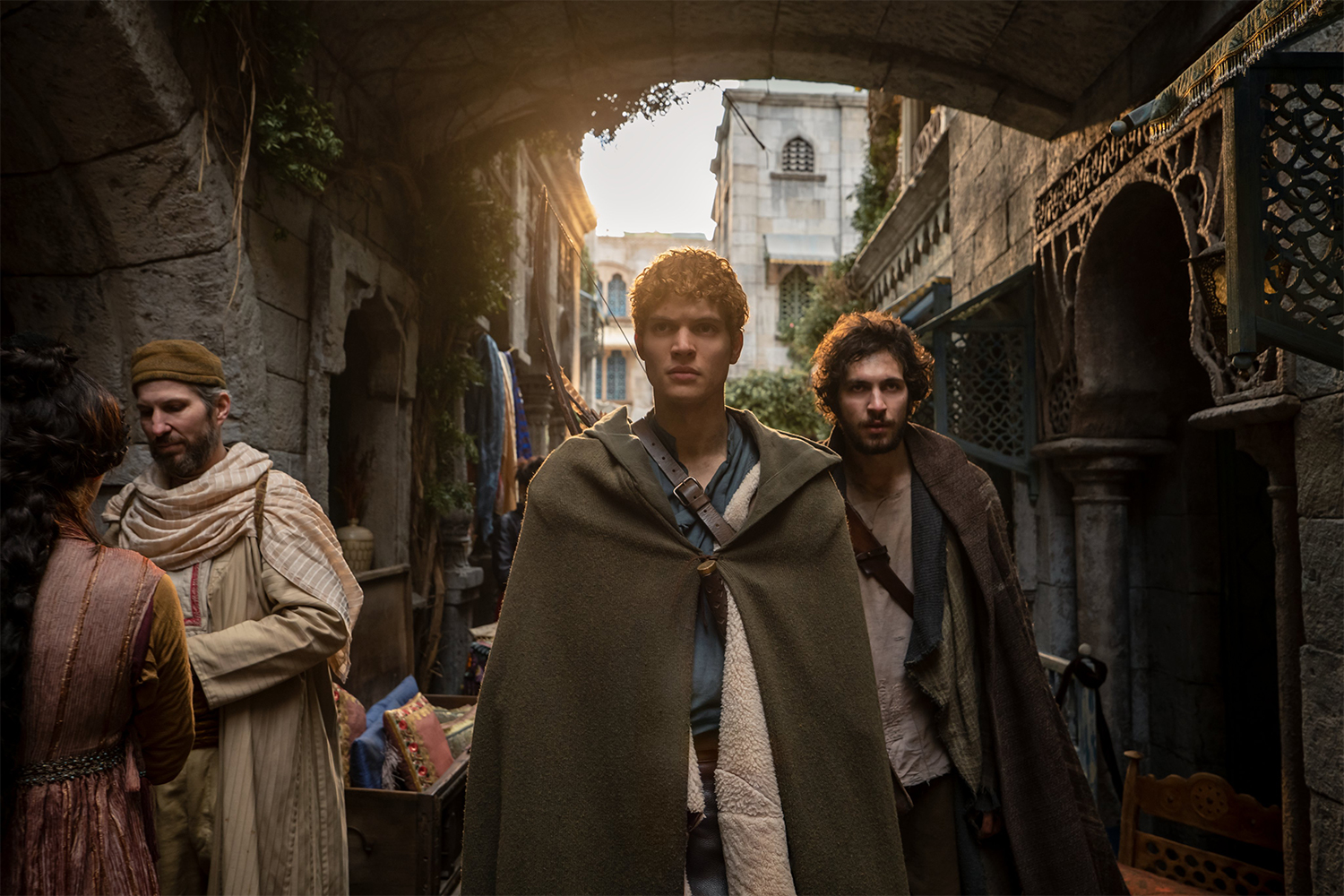
Thankfully that initial shock has worn off, but I’ve figured out what truly precipitated it in the first place, and it could potentially be the Achilles heel for The Wheel of Time. Yes, plot points and characters have been altered from the books to fit into this truncated format (showrunner Rafe Judkins has talked about turning the 14 books into an eight-season series), but those issues pale in comparison to the main one: the first episode just isn’t very good.
People today have endless entertainment at their fingertips with new shows dropping every week, not to mention old favorites constantly arriving on their streaming services of choice. To entice new viewers into The Wheel of Time, Amazon needed to concoct an addicting first episode, but instead they ended up kicking off this expensive and ambitious series with what has unfortunately been the worst episode of the series so far.
To illustrate the problems with the pilot, you need only compare the opening sequence to two fantasy classics that were able to entrance viewers in the first few minutes, The Lord of the Rings and Game of Thrones. The movies based on Tolkien’s novel and the HBO show based on George R.R. Martin’s yet-unfinished series took two drastically different paths for their introductory scenes, but both show where The Wheel of Time falls short.
In The Fellowship of the Ring, Peter Jackson uses a historical method, packing in tons of backstory about Middle-earth, the rings of power, a war against the Dark Lord Sauron, and the One Ring coming to Gollum and then Bilbo Baggins. Despite the dense storytelling, it never feels rushed, partially thanks to Blanchett’s ethereal delivery. But there are other important artistic choices here too, like beginning with elvish, not English, which grounds you in the fantasy world, and showing a clear picture of a map, which gives you an idea of the world’s scope. In Game of Thrones, we see an illustrative method, grounding viewers by showing them the world instead of telling them about it. The first scene follows three members of the Night’s Watch going beyond the Wall, where we get a taste for the societal structure, the continent, the brutality and the supernatural elements on account of the wights. Both of these sequences, it should be noted, last a generous seven minutes.
Whereas those two fantasy juggernauts take their sweet time welcoming audiences in, with clear directorial visions to boot, The Wheel of Time attempts both of these two approaches and succeeds with neither. The pilot begins with a rapid-fire backstory from Moiraine, which is what I assume it sounds like when people play podcasts at 1.5x speed, and it lasts less than a minute. From there, the show throttles into a scene showing female Aes Sedai chasing after a man who can do magic, which includes some unconvincing CGI, questionable acting and odd continuity issues. When the opening credits begin, just over four minutes have elapsed. Instead of this mystical world embracing you, it feels as if it’s walloped you over the head.
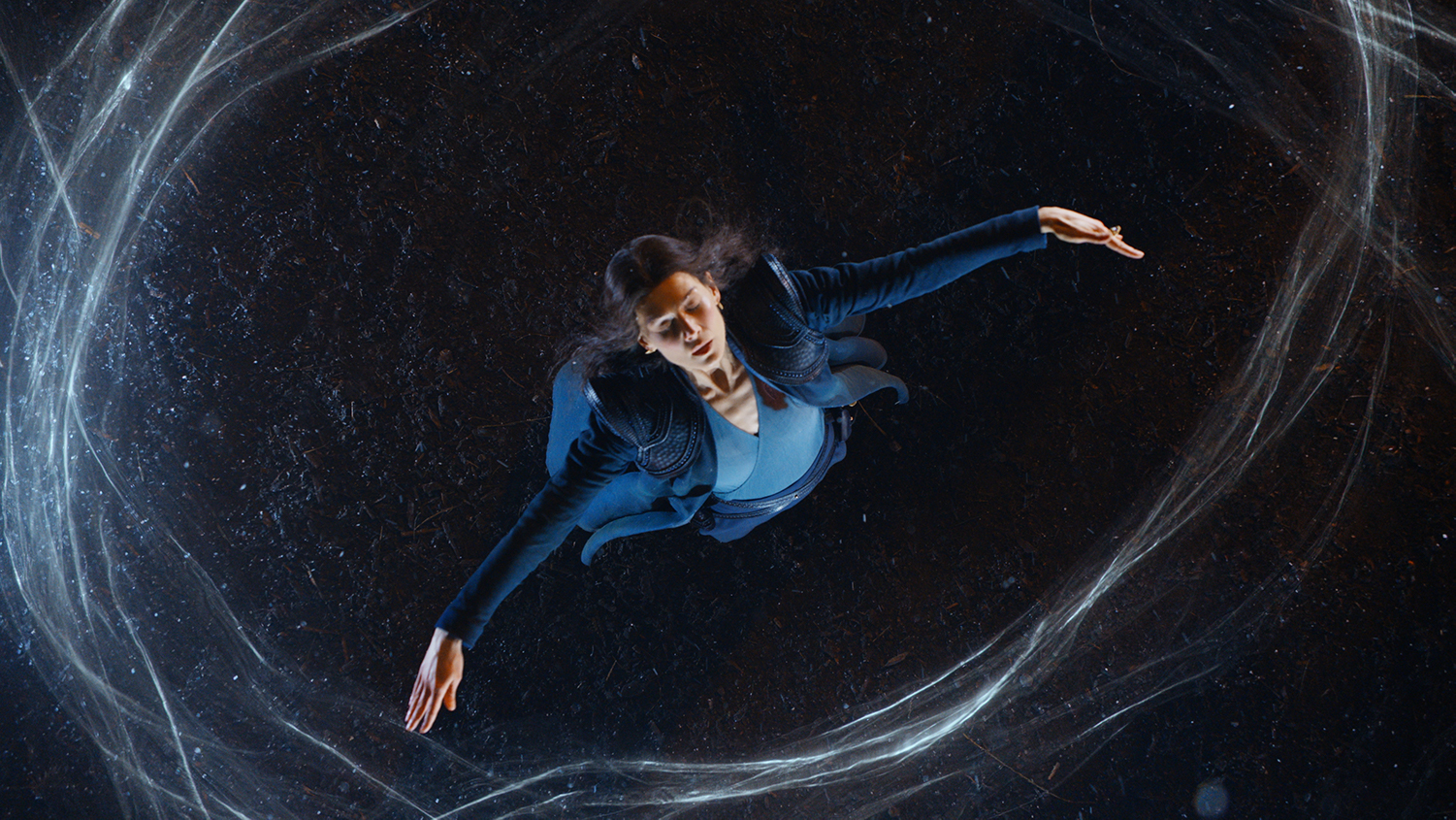
The rest of the episode is a similar jumble of poor pacing and tonal shifts. We are introduced to all of the main characters, but you may end up finishing the episode not remembering their names. A lighthearted festival in the village of the Two Rivers jarringly snaps into a grotesque battleground scene that lasts for more than 10 minutes but feels much longer. These issues have so far not been repeated to such a degree in subsequent episodes, which makes you wonder how they fumbled what could be the most important episode of the series.
A feature by Zach Baron at GQ offers one possible explanation. In an interview, Judkins, the showrunner and executive producer, said he received 11,000 notes from Amazon about the pilot episode — literally — ranging from “individual shots and how the show was depicting magic” to “style and tone.” “I say sometimes that showrunning is basically just laying your body over the show and trying to protect it as you take 10,000 swords into your back,” Judkins said.
It would appear what we have here is a case of overworked dough. Were there simply too many hands on it? Did Amazon higher-ups hack the original cut to bits? Did Judkins not instill a clear enough vision? It’s hard to say. But it’s a shame that there are proven frameworks for introducing a general audience to a complex fantasy saga and this show follows none of them. I’m not suggesting that The Wheel of Time should be directly copying one of its fantasy forebears — what makes the story great is how it differs — but it would have been helpful if they had at least taken a page out of their books.
Whether Amazon and Judkins will eventually succeed in ushering in the second coming of Game of Thrones remains to be seen — I still have high hopes for the rest of this first season — but they’re going to have a much harder time of it without a pilot that inspires binge-watching. I will certainly be tuning in every Friday, even on Christmas Eve when the final episode hits Prime Video, and look forward to the second season, which is already in production. But I personally didn’t need the first episode to charm me. The books already did that.
This article was featured in the InsideHook newsletter. Sign up now.
